In The Sky
-
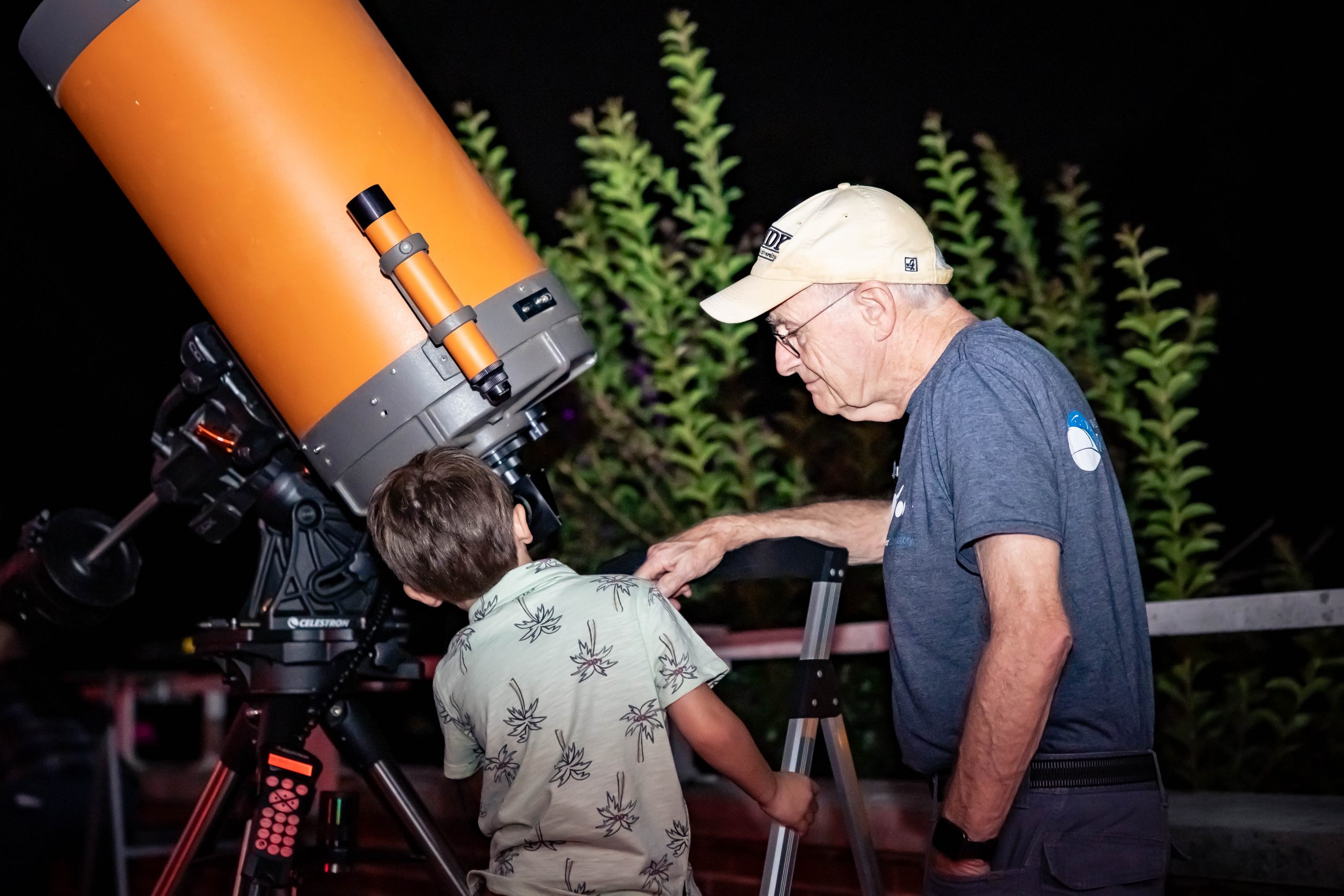
Oh, The Things You’ll See!
Dyer Telescope Night in Nashville, Tennessee, on June 13, 2025. Photo by Alondra Moya One of the highlights each month at Dyer Observatory is Telescope Night. During these events, visitors come to one of two hour-long sessions to get firsthand views of some of the wonders of the cosmos,… Read MoreJun. 26, 2025
-
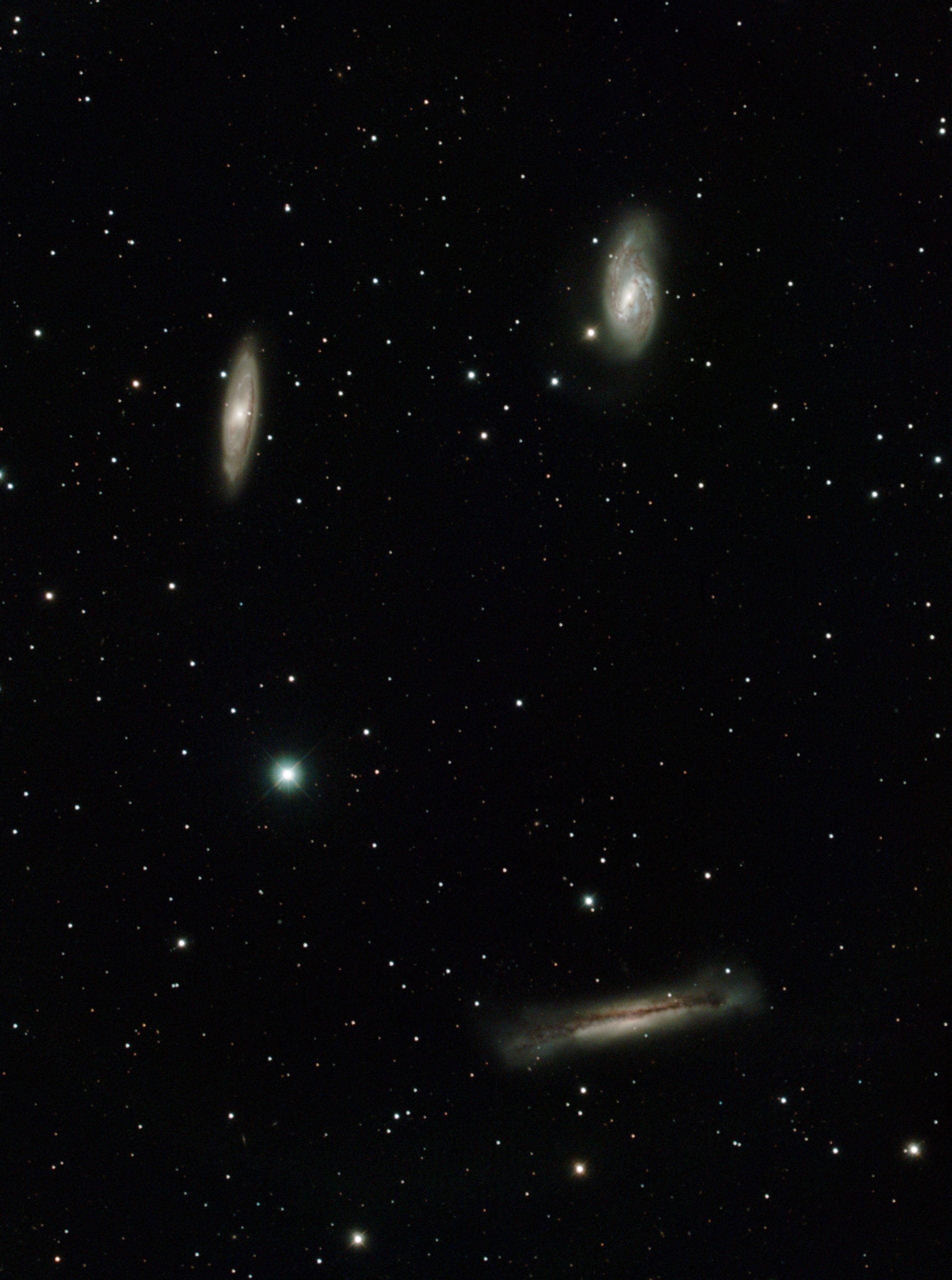
The Leo Trio
The Leo Trio is comprised of galaxies M65 (top left), M66 (top right), and NGC 3628 (bottom). The three galaxies appear close enough together that all three can be viewed simultaneously with a small telescope. Credit: Billy Teets Now that we have reached summertime in the northern hemisphere, many… Read MoreJun. 25, 2025
-
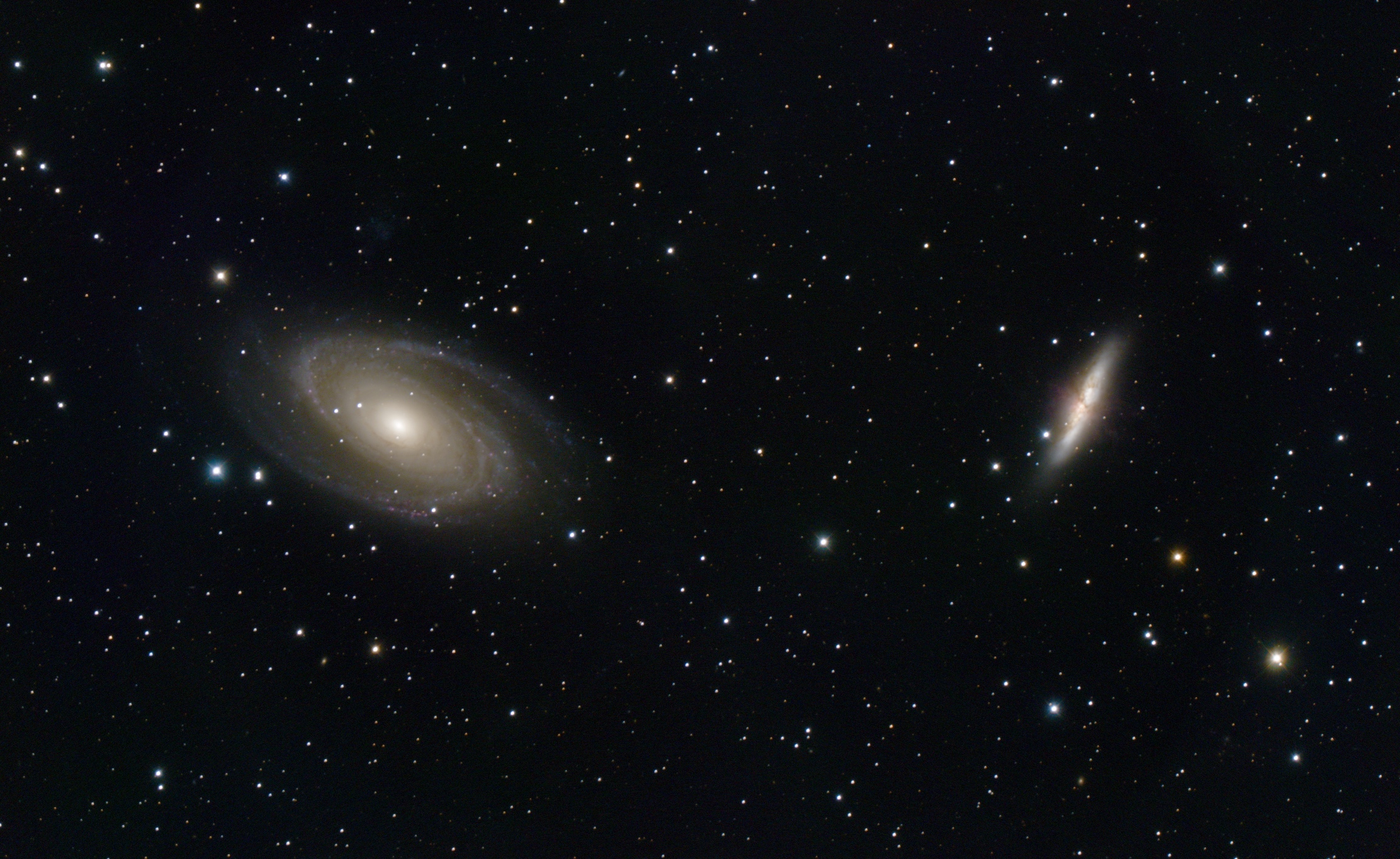
Spirals of the Great Bear
Galaxies M81 (left) and M82 (right) appear in the same field of view of many backyard telescopes. The featured image is a composite of images totaling nearly six hours of exposure taken with a 16″ telescope at Dyer Observatory. Credit: Billy Teets Our Milky Way galaxy is a treasure… Read MoreMay. 28, 2025
-
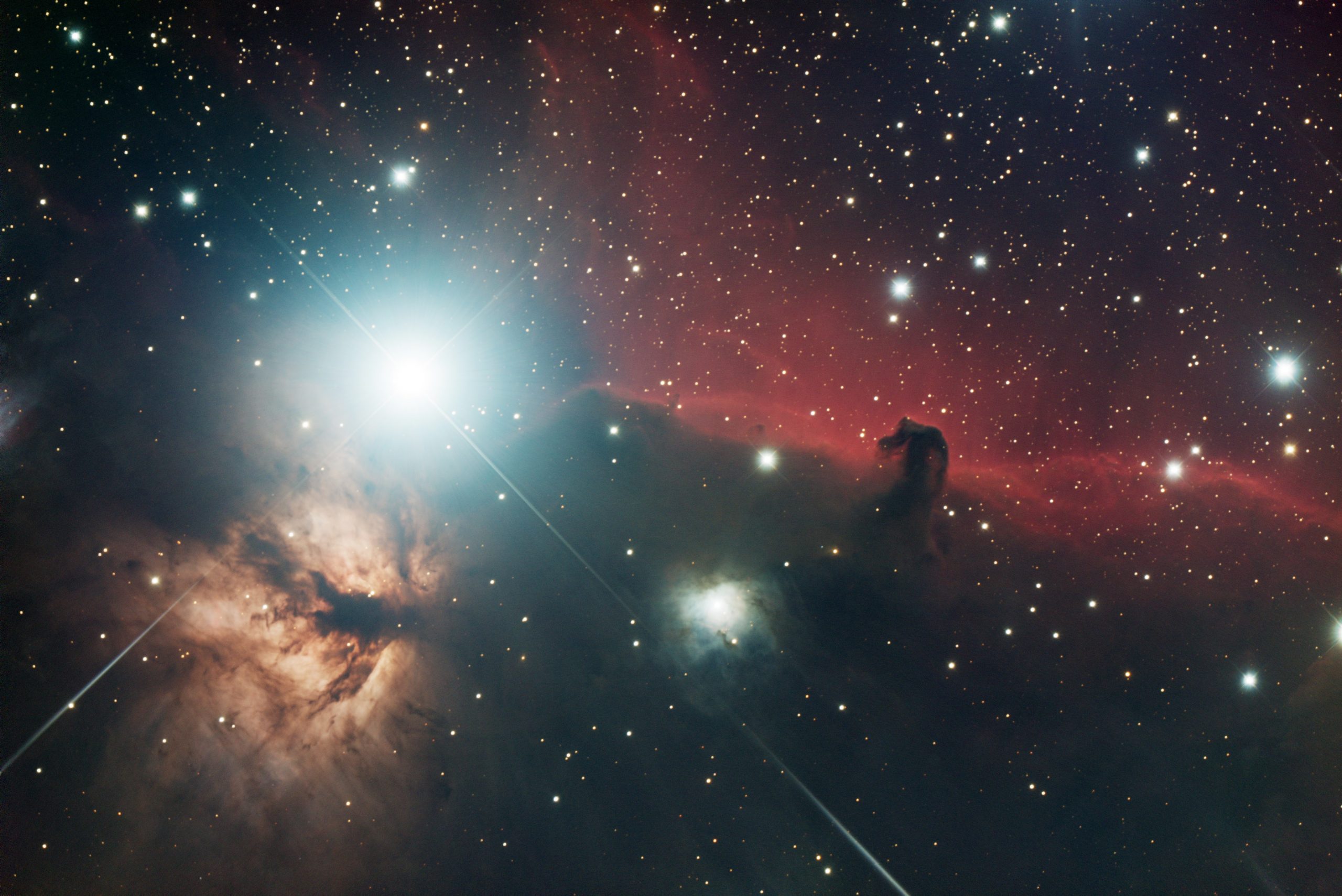
Just Off of Orion’s Belt
Just off the famous belt of Orion lie several regions of nebulosity, each around 1.500 light-years away, that are favorite targets for astrophotographers. To the right of Alnitak (the brightest star of the image) is a large complex of gas with a dust cloud seen in silhouette – the… Read MoreApr. 22, 2025
-
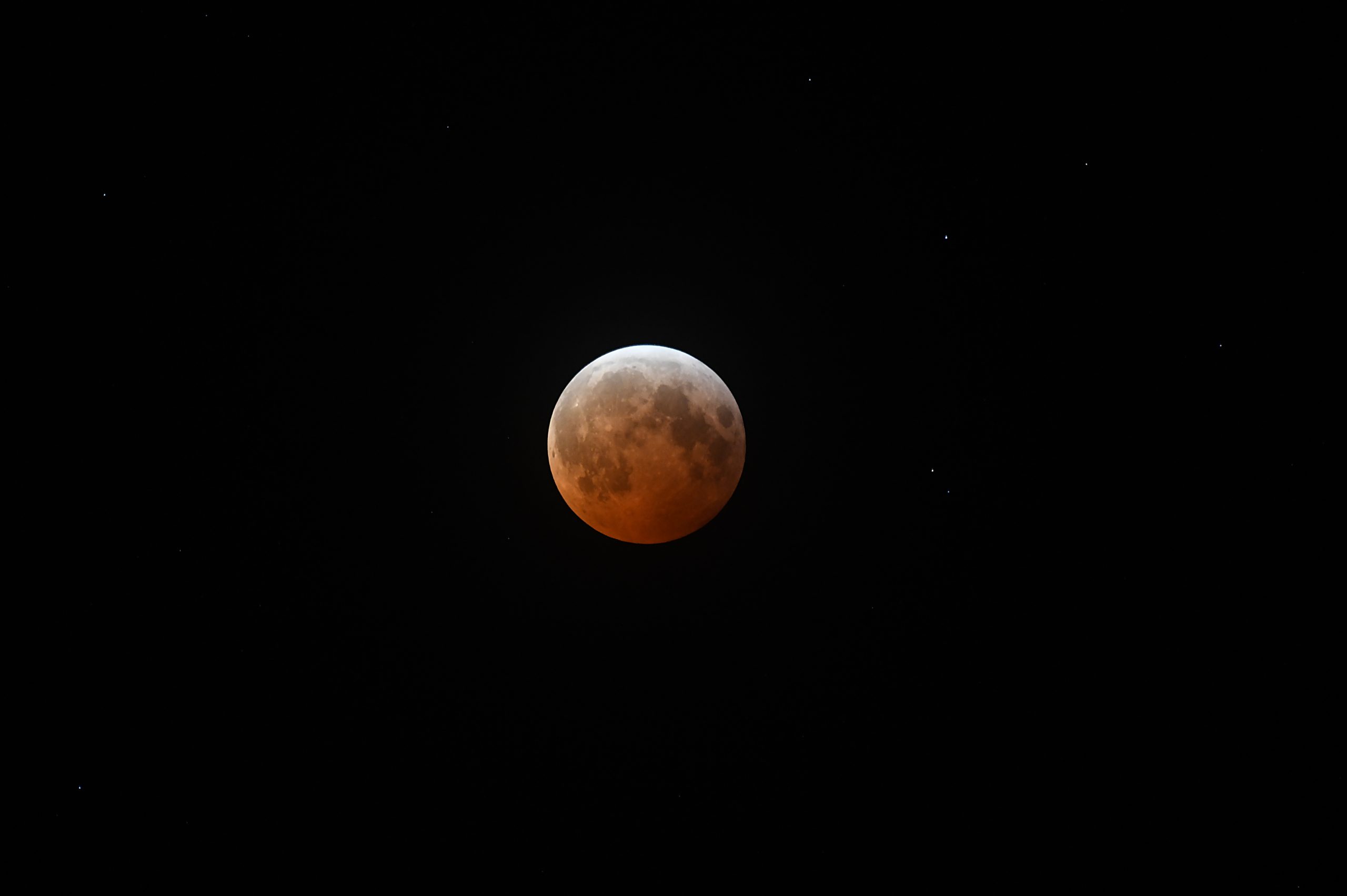
A Total Lunar Eclipse Awes
The Moon as it appeared around maximum totality during the total lunar eclipse of March 14, 2025. Credit: Billy Teets It has been a little while since Nashville has had the opportunity to view the splendor of a total lunar eclipse, nearly three years in fact. During brief gaps… Read MoreMar. 21, 2025
-
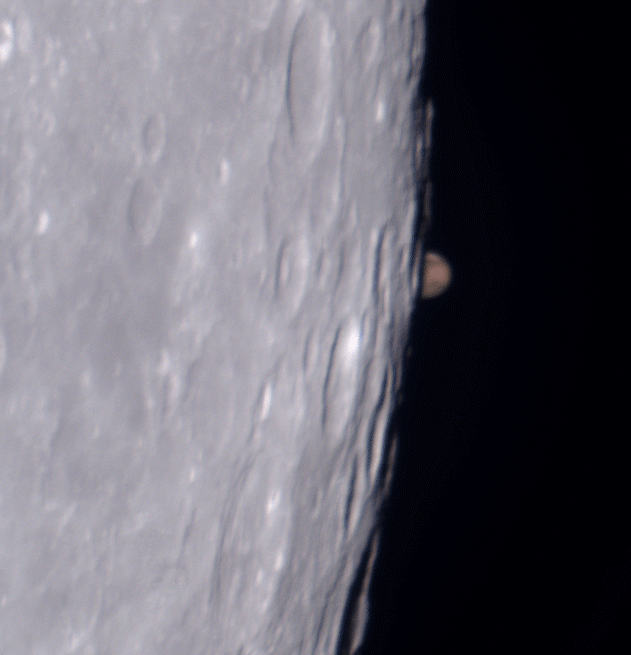
Mars Has Been Busy!
The Moon and Mars about one minute prior to lunar occultation on January 13, 2025. Credit: Billy Teets January ended up being a big month for the Red Planet as it took part in a parade, gave us all it had during opposition, and even tangoed with the… Read MoreFeb. 11, 2025
-
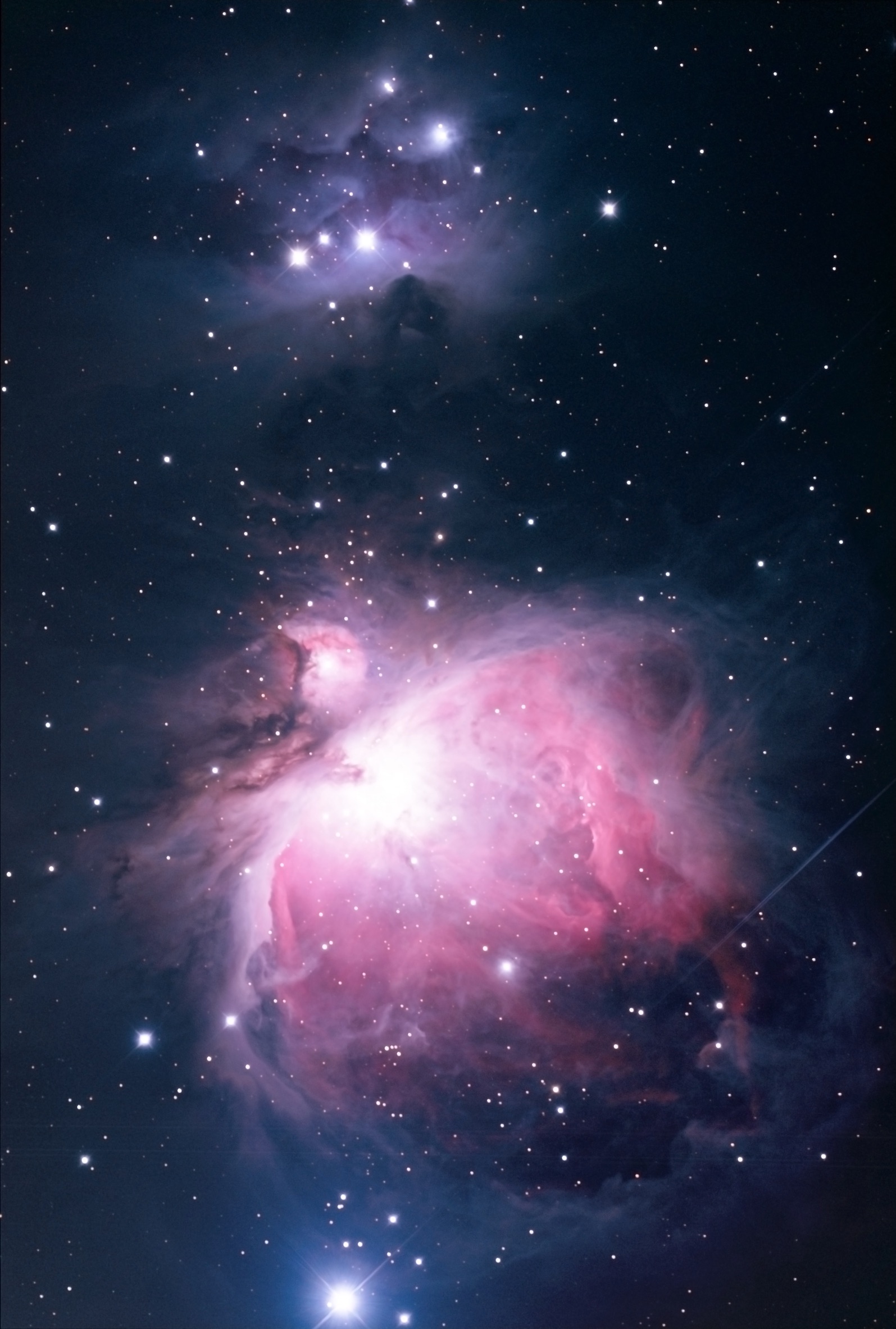
The Sword of Orion
The above 4.5-hour exposure of the sword of Orion reveals the splendor of the Orion Nebula near image center and the fainter glow of the elusive Running Man Nebula at top. The image is a composite of 135 two-minute exposures using Dyer Observatory’s ZWO ASI6200MC Pro color camera mounted… Read MoreJan. 13, 2025
-
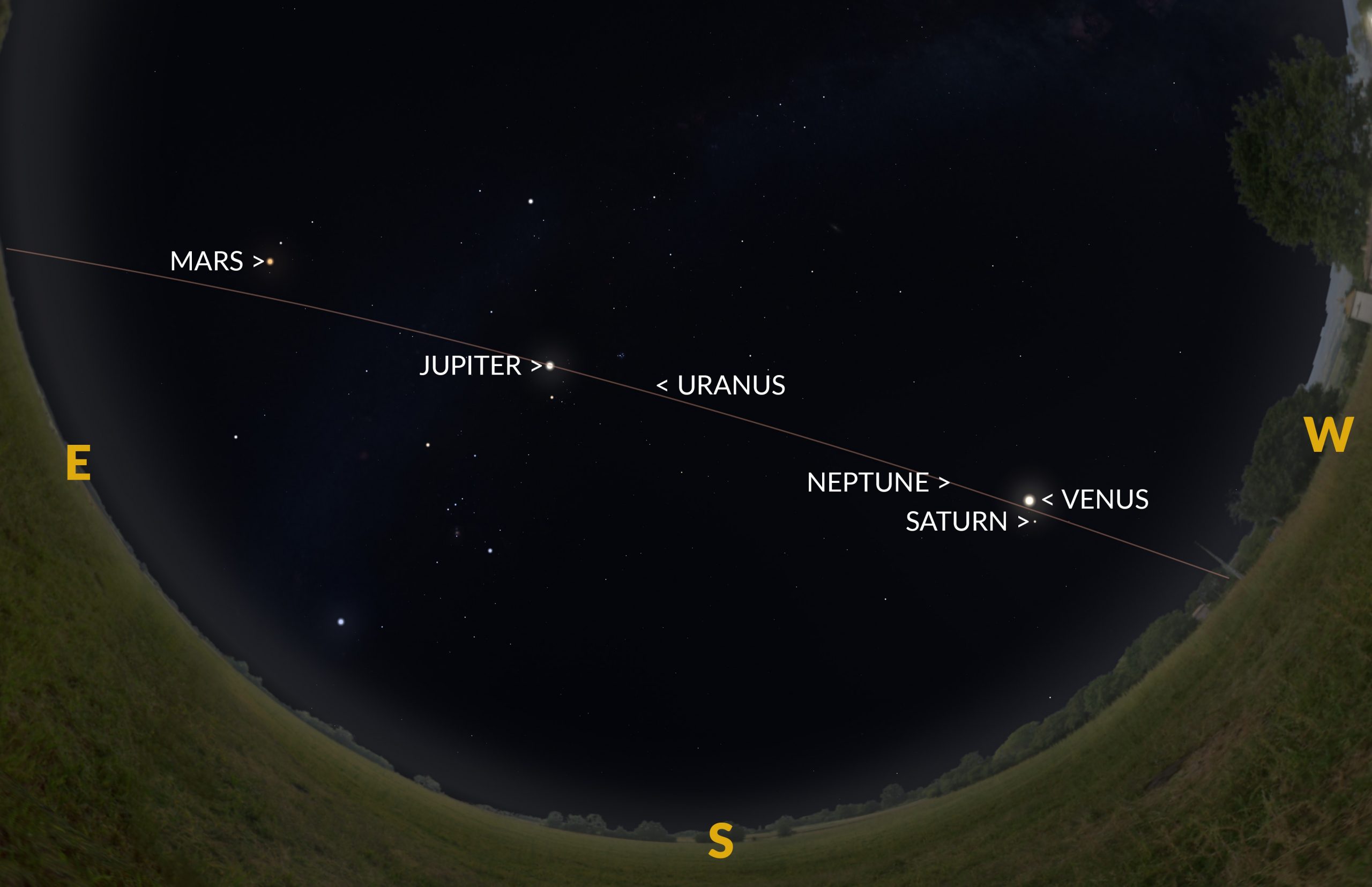
A Winter Planet Parade
Six planets (Venus, Mars, Jupiter, Saturn, Uranus, and Neptune) are visible in the evening during January and the first half of February 2025. Uranus and Neptune require a telescope or binoculars to spot them, but the other four planets shine brightly to the naked eye. The simulated view shows… Read MoreJan. 13, 2025
-
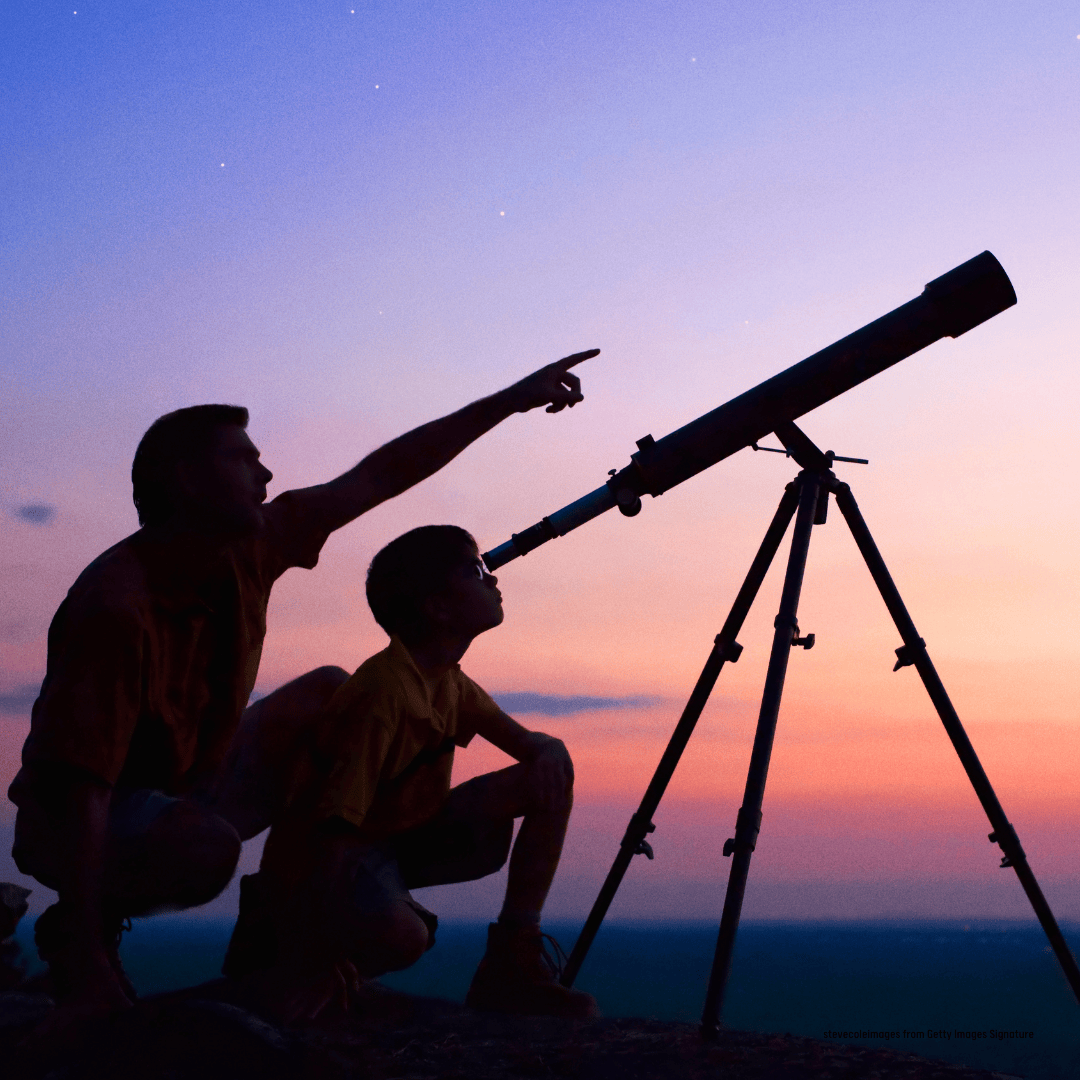
How to Buy a Telescope
Here are a few tips Dr. Billy Teets shares with anyone interested in getting a telescope: We often refer folks to Dobsonian telescopes as they give you the most light-gathering bang for your buck. These telescopes are more suited for visual observing rather than photography, but one can still… Read MoreDec. 6, 2024
-
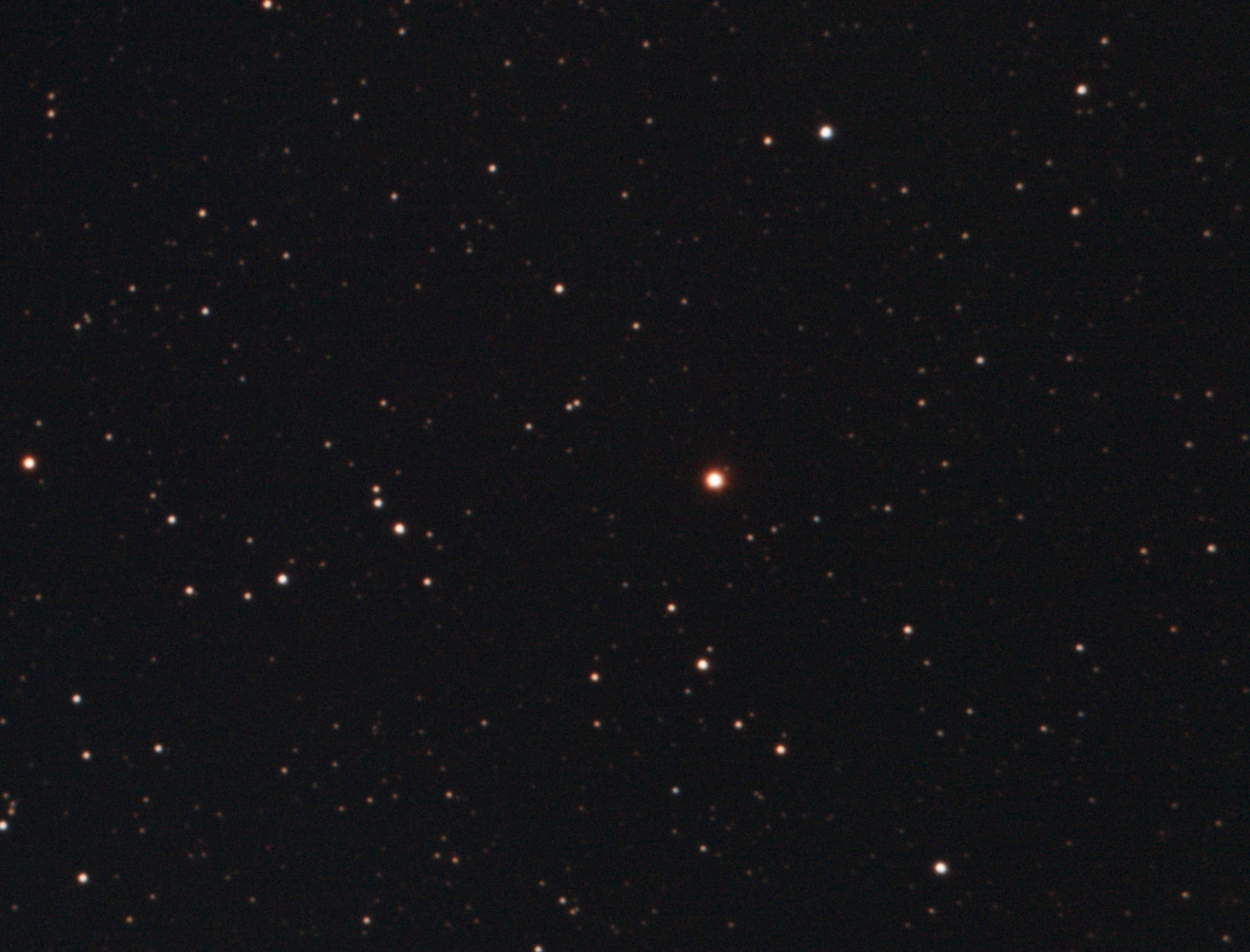
A Not-So-Lonely Star
The brightest star in the image (just right of center) is Barnard’s Star, a red dwarf star discovered in 1916 by Edward Emerson Barnard. Image acquired with Dyer Observatory’s 14″ Bergquist Telescope and a ZWO ASI6200MC Pro camera. Credit: Billy Teets A mere six light-years… Read MoreDec. 6, 2024